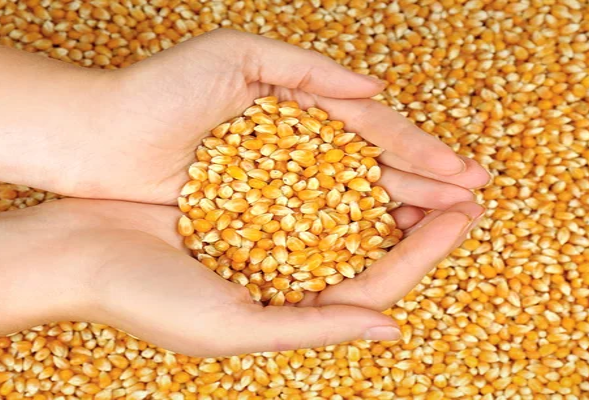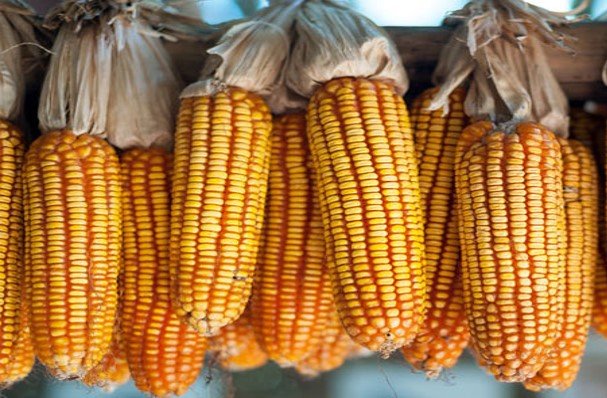

Treen Agricultural & Plantation provides some grades of corn that we have carefully processed, i.e. Food Grade, Local Feed Grade, as well as Export Feed Grade. We capable to export our corn to several countries and ensure the quality to meet export requirements.
Treen Agricultural & Plantation in most cases serve as a partner for the farmers, either to buy their corn or to finance the farmers for their crop. Our farmers have capability to produce corn that complies with the international market standards.
Dried corn, also known as maize or field corn, is a staple crop that has been grown and consumed by people for thousands of years. This versatile crop is used in a variety of ways, from animal feed to human food products. In this narrative, we will explore the history of dried corn, its uses, and its importance in various cultures around the world.
The history of dried corn can be traced back to ancient times. It is believed that maize was first domesticated in what is now central Mexico around 10,000 years ago. Maize quickly spread throughout the Americas, becoming an important crop for many indigenous cultures. These early civilizations used maize not only for food, but also for religious and cultural purposes.
Maize eventually made its way to Europe, where it was quickly adopted as a staple crop. Europeans used maize primarily as animal feed, but it was also consumed by humans in various forms. Maize was brought to Africa and Asia by European traders and colonizers, where it was similarly embraced as an important crop.
Today, dried corn is a staple food in many cultures around the world. In the United States, corn is used to make a variety of products, including cornmeal, corn syrup, and corn chips. It is also a major component in many traditional American dishes, such as cornbread, grits, and popcorn.
In Latin America, dried corn is a fundamental ingredient in dishes like tortillas, tamales, and arepas. In Mexico, corn is often prepared in a variety of ways, including as elote, or grilled corn on the cob, and as esquites, a popular street food made from boiled corn kernels, mayonnaise, and chili powder.
In Africa, maize is used to make porridge, which is a staple food in many countries. It is also used to make a variety of traditional dishes, such as ugali in Kenya and nshima in Zambia. In Asia, dried corn is used to make snacks like corn nuts and corn chips, as well as in dishes like sweet corn soup.
In addition to its culinary uses, dried corn is also used in a variety of non-food products. For example, cornstarch is used as a thickener in many products, including soups, gravies, and sauces. Corn oil is used in cooking and as a component in various industrial products. Corn-based ethanol is also used as a biofuel.
Despite its many uses, dried corn is not without controversy. Some people are concerned about the environmental impact of large-scale corn production, as well as the use of genetically modified corn. Others argue that corn production is necessary to feed a growing global population.
In conclusion, dried corn is a versatile and important crop that has been consumed by people for thousands of years. It is used in a variety of food and non-food products and is a staple food in many cultures around the world. While there are concerns about its environmental impact and the use of genetically modified corn, it remains an essential part of many people’s diets and a fundamental component of our global food system.